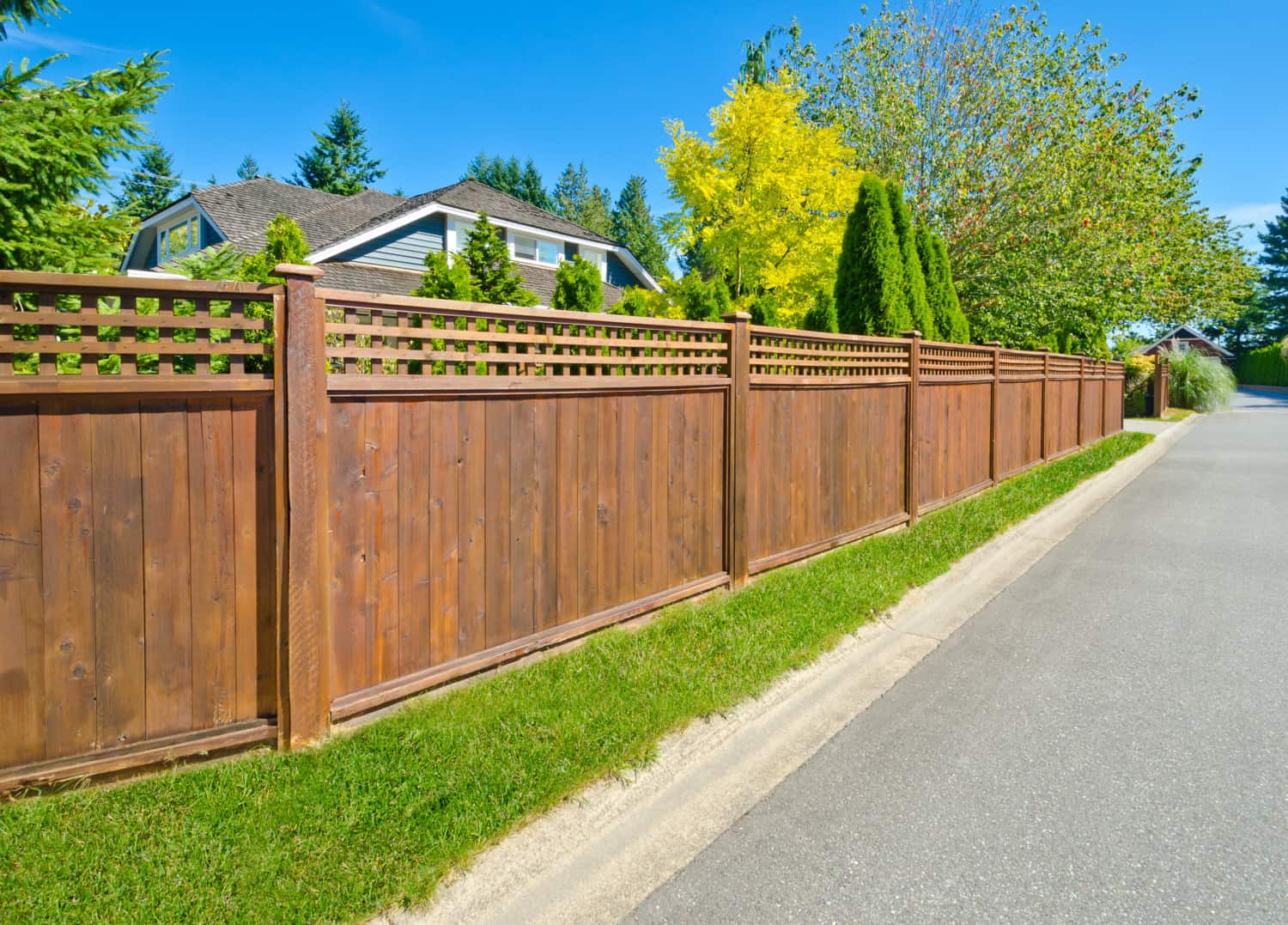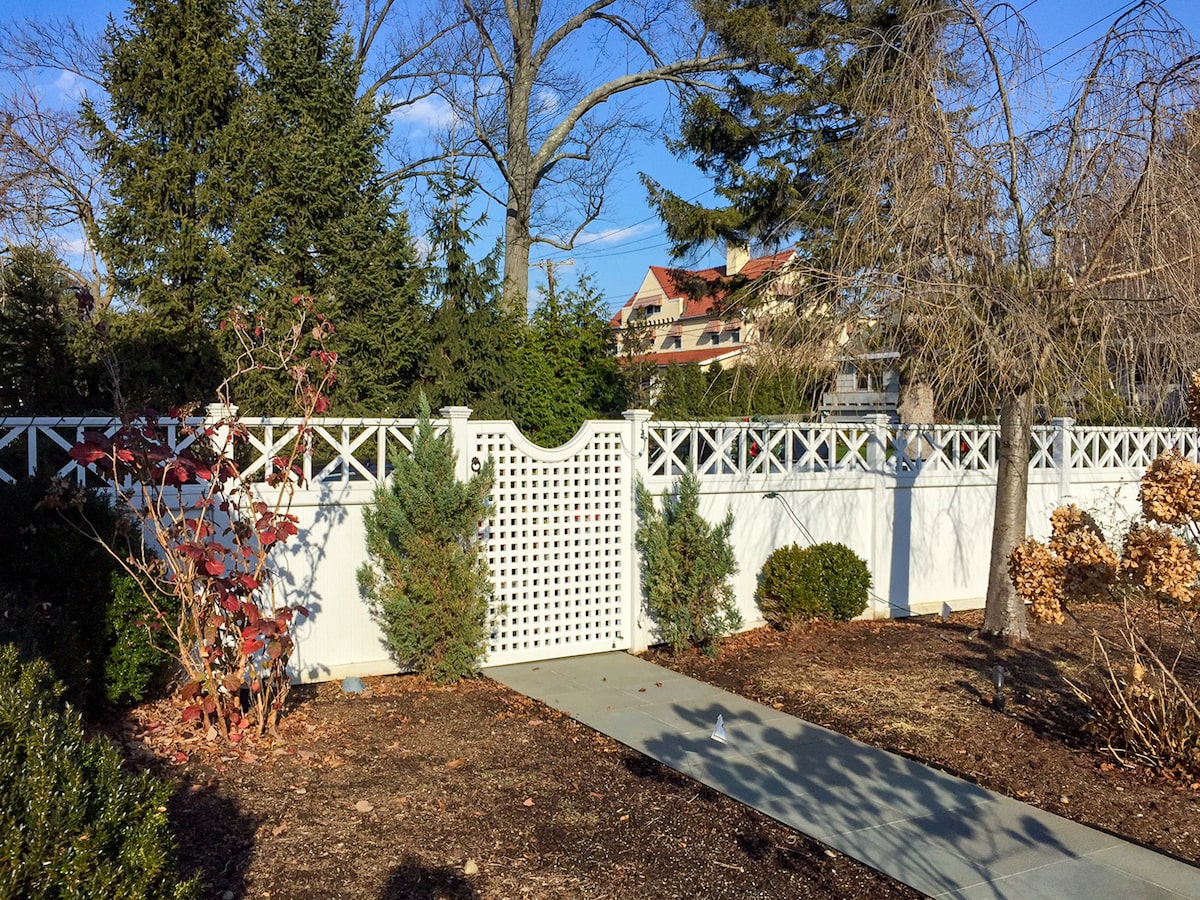All Categories
Featured

As sustainability ends up being an expanding concern for house owners and companies, the demand for eco-friendly structure products expands to exterior areas, including fencings. Standard fencing materials such as metal, timber, and plastic can have considerable ecological effects, from deforestation to chemical therapies and plastic waste.
- Bamboo Fence. Bamboo is just one of the most lasting products on the market, and it is significantly made use of in fencing building and construction because of its fast growth and stamina. Unlike wood trees, bamboo is a turf that can grow back totally within simply a few years, making it extremely eco-friendly. It's normally resistant to parasites and rot, which means it does not call for extreme chemicals or therapies, making it an eco-friendly option.

Perks: Bamboo fencings are durable, low-maintenance, and naturally degradable. They are naturally resistant to termites and dampness, decreasing the requirement for chemical preservatives. In addition, bamboo helps decrease dirt erosion because of its deep origin systems. Considerations: Bamboo can be a lot more pricey than some conventional wood fence choices, and it may not be suitable for areas with severe cool or freezing temperatures, as it can become weak with time. 2. Recycled Products Secure Fencing. Many producers now use fencings made from post-consumer plastic, recycled wood, or also repurposed metal. Numerous composite materials, for example, are made from recycled plastic bottles, timber scraps, and other products that would or else be thrown out.
Benefits: Recycled product fencings help conserve natural deposits, decrease air pollution, and reduced the environmental influence of the manufacturing process. They can likewise supply outstanding longevity, withstanding degeneration, mold, and termites. Considerations: While recycled material fences are green and highly sturdy, they may not have the same natural aesthetic that some property owners seek. However, suppliers now offer layouts that mimic the appearance of wood or rock. 3. Compound Secure fencing. Composite fence is made from a blend of timber fibers and plastic, typically integrating recycled materials. This mix creates a very durable, low-maintenance fence that does not need regular painting or staining, making it a lasting alternative. Composite fences are resistant to rot, pests, and weathering, which implies they can last for several years without the demand for regular substitutes.

Perks: Composite fences are resilient and can endure severe climate conditions, lowering the requirement for replacements or fixings. Considering that composite products often include recycled content, they help in reducing plastic waste. Additionally, they do not call for hazardous chemicals or treatments. Considerations: Composite fencings can have a greater upfront cost than typical timber or vinyl, though their sturdiness and decreased upkeep expenses commonly make them an extra economical option in the lengthy run. 4. Living Fencings. Living fencings, likewise referred to as hedges, are a green and aesthetically pleasing alternative that includes growing dense bushes, trees, or climbing up plants along your property line to develop an all-natural barrier. Popular plants for living fences consist of boxwood, privet, and holly. These plants can be expanded to offer personal privacy, windbreaks, and noise reduction while adding to ecological health.
Conveniences: Living fences advertise biodiversity, enhance air high quality, and absorb carbon dioxide, making them one of the most eco-friendly fencing choices. They likewise offer an all-natural habitat for bugs and birds and can lower noise air pollution and assist control temperature levels in your backyard. Factors to consider: Living fences call for regular maintenance, such as cutting, watering, and often pest control. They also take some time to develop and may not supply prompt privacy compared to solid wood or vinyl fences. 5. Cedar and Redwood Secure Fencing. Cedar and redwood are prominent all-natural timber alternatives for fences. These products are durable and naturally resistant to rot, parasites, and moisture, which means they commonly do not call for using dangerous chemical treatments. When sourced from sustainably managed forests, cedar and redwood fences can be an environmentally friendly option that supplies both charm and longevity.
Benefits: These timbers are eco-friendly, sustainable, and offer outstanding longevity and all-natural appeal. Cedar and redwood likewise have a lower environmental influence when gathered properly, making them an eco-friendly selection for numerous home owners. Considerations: While cedar and redwood fences have ecological advantages, they do still need occasional maintenance and are extra costly than various other timber options. It's essential to make certain that the timber is sourced from sustainable forests to optimize its environmental benefits. 6. Rock and Brick Fence (Recovered) Rock and brick fencings are exceptionally sturdy and low-maintenance, and they can be environmentally friendly when made from recovered materials. Reclaimed stone and brick are commonly restored from old buildings or construction tasks, lowering waste and preserving natural deposits. These materials use a timeless look and are extremely immune to weathering, making them a lasting solution for fencing.
Advantages: Recovered rock and brick are sturdy, visually pleasing, and call for minimal upkeep. By repurposing these products, you help minimize the demand for new resources and reduce waste in land fills. Considerations: The installation of stone and brick fencings can be labor-intensive and much more pricey contrasted to various other materials, yet their long life and low upkeep needs can make them cost-effective in the lengthy run. Conclusion. Environment-friendly fence options are not only good for the atmosphere but also supply resilience, low maintenance, and visual charm. Whether you choose bamboo, recycled materials, composite secure fencing, living fences, or lasting wood like cedar and redwood, there are several means to lower your ecological impact while enhancing your property's appearance. By selecting these eco-conscious materials, you can contribute to a much healthier world and create an exterior room that reflects your values.
Latest Posts
Learn How to Reduce Expenses on Car Maintenance with Montclare Auto Repair’s Exclusive Deals
Published May 27, 25
1 min read
Specialist Commercial Roof Solutions in North Platte, Nebraska
Published May 24, 25
2 min read
Dependable Expenses Door Solutions for Residences and Services
Published May 23, 25
1 min read
More
Latest Posts
Learn How to Reduce Expenses on Car Maintenance with Montclare Auto Repair’s Exclusive Deals
Published May 27, 25
1 min read
Specialist Commercial Roof Solutions in North Platte, Nebraska
Published May 24, 25
2 min read
Dependable Expenses Door Solutions for Residences and Services
Published May 23, 25
1 min read